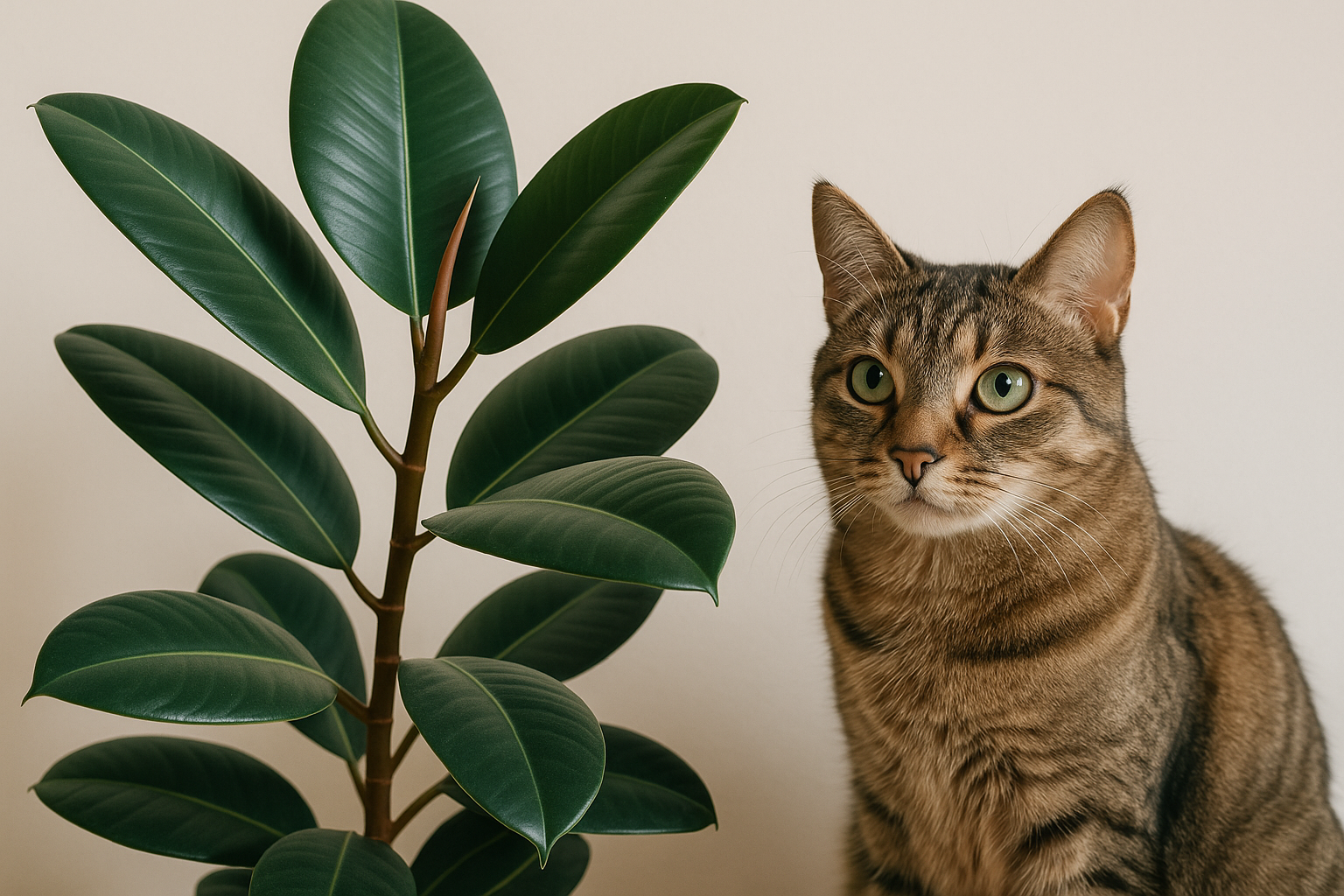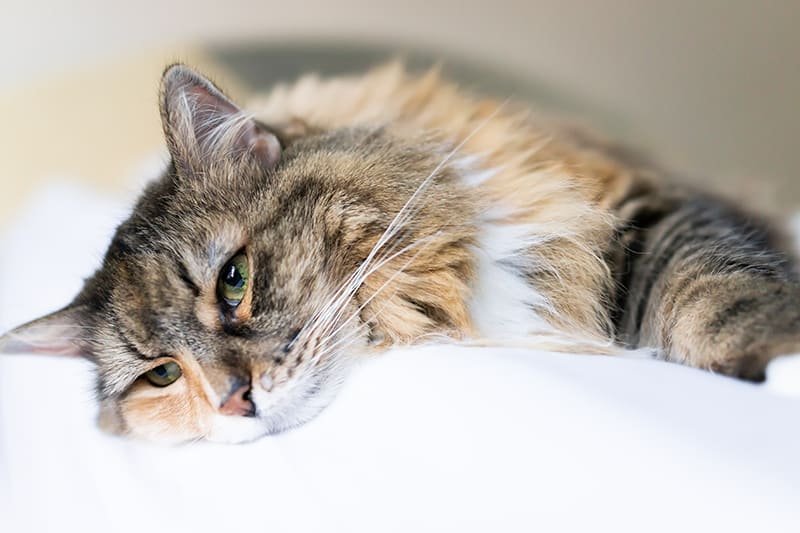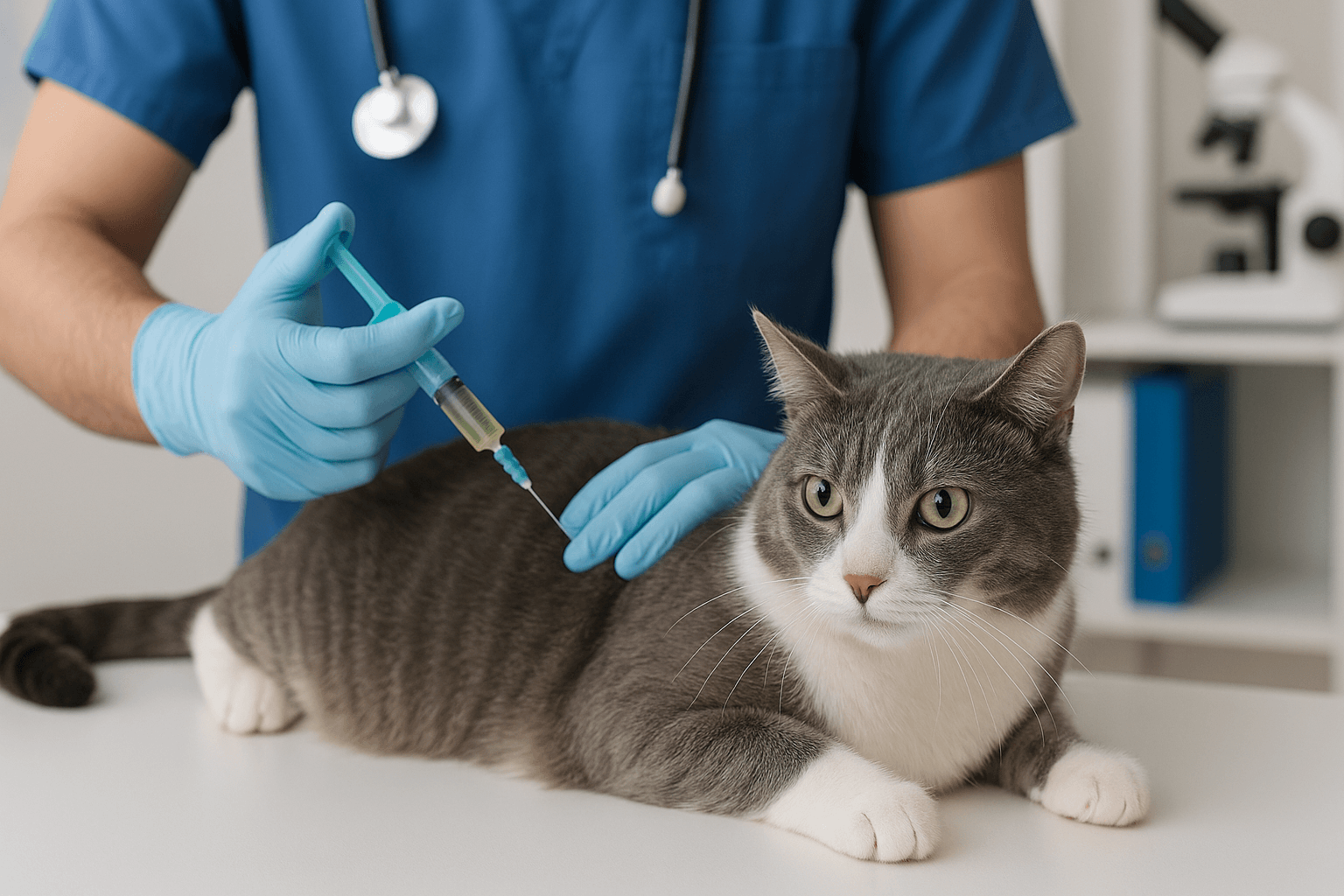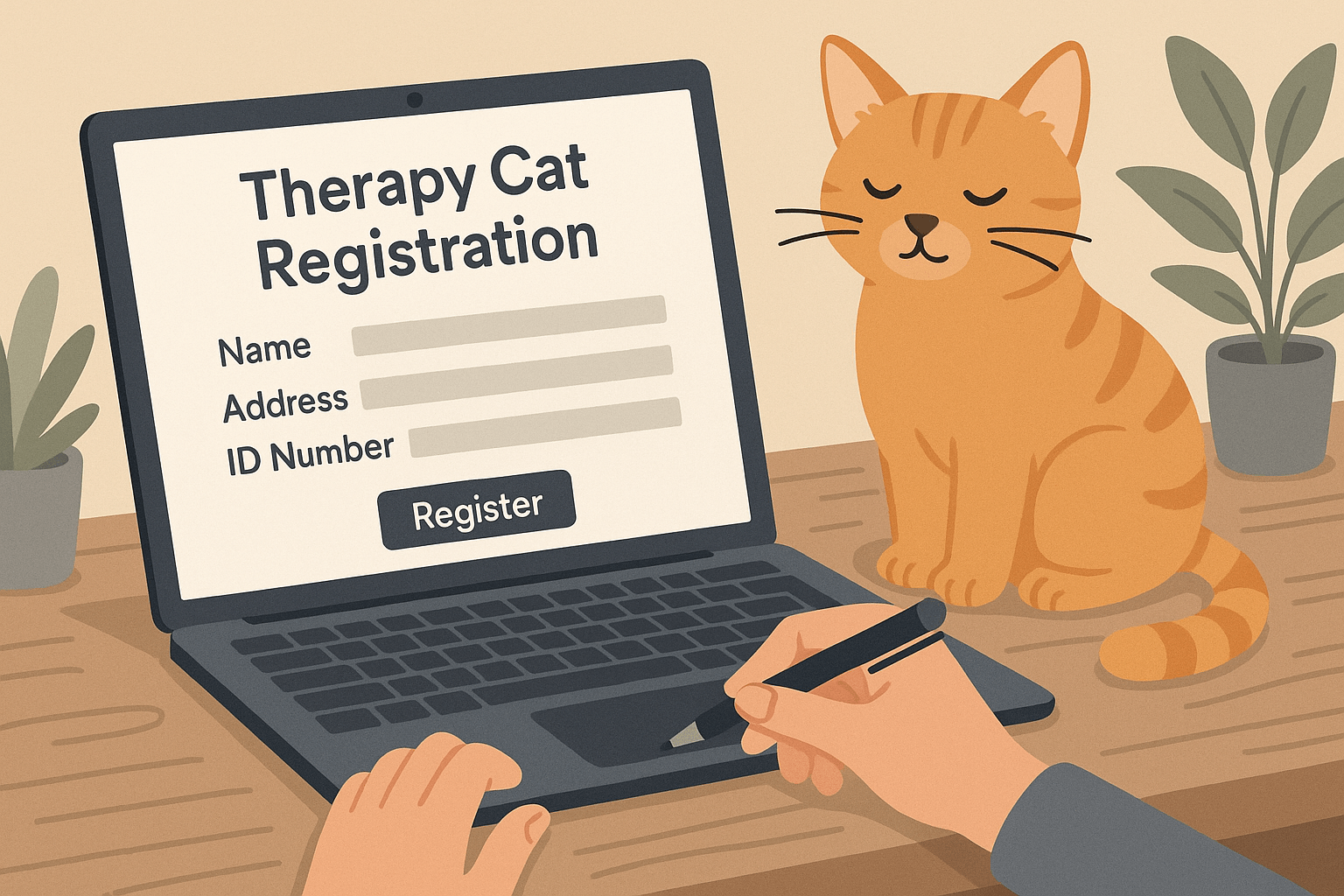Can Cats Eat Chicken Liver?
Chicken liver is a nutrient-rich food that many pet owners consider sharing with their feline friends. As obligate carnivores, cats thrive on animal-based proteins, and chicken liver seems like a natural choice due to its high vitamin and mineral content. But can cats safely eat chicken liver, and if so, how much is too much? While this organ meat can be a healthy addition to your cat’s diet in moderation, there are important considerations to keep in mind. In this blog post, we’ll explore the benefits, risks, and guidelines for feeding chicken liver to your cat, ensuring they stay happy and healthy
Benefits of Feeding Chicken Liver to Cats
Chicken liver is packed with essential nutrients that can support your cat’s overall health when offered in appropriate amounts. Here are some key benefits of including chicken liver in your cat’s diet.
Rich Source of Protein:
Chicken liver is high in protein, which is vital for muscle development, energy production, and maintaining a healthy coat.High in Vitamin A:
Vitamin A supports vision, immune function, and skin health, making it an essential nutrient for cats.Packed with Iron:
Iron helps prevent anemia by supporting red blood cell production, which is crucial for oxygen transport in the body.Contains B Vitamins:
B vitamins, such as B12 and folate, aid in metabolism, nerve function, and energy production.Promotes Healthy Skin and Coat:
The omega-3 fatty acids and vitamins in chicken liver contribute to a shiny coat and supple skin.
While these benefits make chicken liver a nutritious option, moderation is key to avoiding potential health issues.
Potential Risks of Feeding Chicken Liver to Cats
Despite its nutritional value, feeding chicken liver to cats comes with certain risks if not handled properly. Understanding these dangers ensures you can make informed decisions about your cat’s diet.
Risk of Vitamin A Toxicity:
Excessive consumption of chicken liver can lead to hypervitaminosis A, causing bone deformities and joint pain.High Fat Content:
Chicken liver contains fat, which may upset your cat’s stomach or contribute to obesity if fed in large quantities.Choking Hazard from Bones:
If the liver is served with small bones attached, it could pose a choking risk or cause internal injuries.Bacterial Contamination:
Raw or improperly cooked chicken liver may harbor harmful bacteria like Salmonella or E. coli, which can sicken your cat.Imbalanced Diet Risk:
Relying too heavily on chicken liver can lead to nutritional imbalances, as cats require a variety of nutrients.
These risks highlight the importance of offering chicken liver as an occasional treat rather than a dietary staple.
Check this guide 👉Can Cats Eat Figs? Best 7 Expert Tips!
Check this guide 👉Can Cats Eat Scallops? Best 7 Expert Tips!
Check this guide 👉Can Cats Eat Jalapeños? Best 7 Expert Tips!
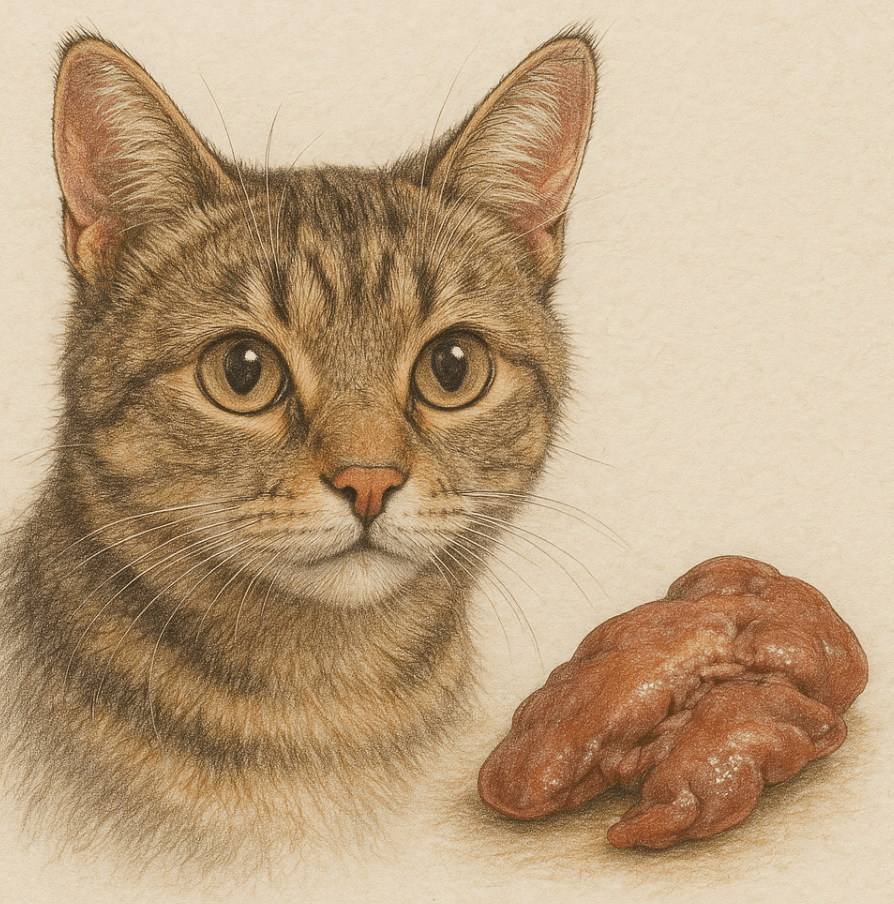
Safe Ways to Feed Chicken Liver | Risks of Unsafe Preparation |
|---|---|
Serve cooked, plain chicken liver | Feeding raw liver increases bacterial risks |
Offer small portions (1-2 teaspoons) | Large servings can cause digestive upset |
Mix with balanced cat food | Overfeeding leads to vitamin A toxicity |
Avoid seasoning or added ingredients | Salt and spices are toxic to cats |
Rotate with other protein sources | Feeding only liver causes nutrient gaps |
How to Safely Prepare Chicken Liver for Your Cat
Feeding chicken liver to your cat requires careful preparation to ensure it’s safe and nutritious. Follow these steps to minimize risks while maximizing benefits.
Choose Fresh, High-Quality Liver:
Opt for organic or free-range chicken liver to reduce exposure to hormones and pesticides.Cook Thoroughly Without Seasoning:
Bake, boil, or steam the liver until fully cooked, avoiding salt, garlic, onions, or other seasonings that are toxic to cats.Remove Any Visible Fat:
Trim excess fat to prevent digestive upset and unnecessary calorie intake.Cut into Bite-Sized Pieces:
Small pieces are easier for your cat to chew and digest, reducing the risk of choking.Serve as an Occasional Treat:
Limit servings to once or twice a week, ensuring it doesn’t exceed 10% of their daily caloric intake.
By following these guidelines, you can safely incorporate chicken liver into your cat’s diet.
Signs Your Cat May Be Eating Too Much Chicken Liver
If your cat consumes excessive amounts of chicken liver, they may exhibit signs of discomfort or illness. Watch for these warning signals to act quickly if something goes wrong.
Vomiting or Diarrhea:
Digestive upset is a common sign of overfeeding or improper preparation of chicken liver.Lethargy or Weakness:
These symptoms could indicate vitamin A toxicity or other nutritional imbalances.Bone Deformities or Joint Pain:
Long-term overconsumption of chicken liver may lead to skeletal issues caused by hypervitaminosis A.Loss of Appetite:
A sudden refusal to eat might signal nausea or an underlying health problem related to their diet.Weight Gain or Obesity:
Feeding too much liver regularly can contribute to unhealthy weight gain due to its high fat content.
Recognizing these signs early allows you to adjust your cat’s diet and consult your veterinarian if needed.
Common Mistakes to Avoid When Feeding Chicken Liver
Feeding chicken liver to your cat requires careful planning to avoid mistakes that could harm their health. Here are some pitfalls to steer clear of.
Overfeeding:
Offering too much chicken liver at once or too frequently can lead to vitamin A toxicity or obesity.Adding Harmful Ingredients:
Seasonings like salt, garlic, or onions are toxic to cats and should never be included.Serving Raw Liver:
Raw chicken liver carries a risk of bacterial contamination, which can make your cat sick.Neglecting Balanced Nutrition:
Relying solely on chicken liver deprives your cat of essential nutrients found in other foods.Ignoring Portion Sizes:
Large portions can overwhelm your cat’s digestive system, leading to vomiting or diarrhea.
Avoiding these mistakes ensures your cat enjoys the benefits of chicken liver safely.
Alternatives to Chicken Liver for Nutritional Variety
If you’re looking for other nutrient-rich options to complement your cat’s diet, consider these alternatives that provide similar benefits.
Cooked Chicken Breast:
Plain, cooked chicken breast is a lean source of protein that most cats love.Turkey or Beef Liver:
Other organ meats offer similar nutrients but should also be fed in moderation.Fish Like Salmon or Tuna:
Rich in omega-3 fatty acids, fish supports skin, coat, and brain health (serve sparingly).Eggs (Cooked):
Eggs are a great source of protein and biotin, promoting strong muscles and a shiny coat.Commercial Cat Treats:
High-quality treats formulated for cats provide convenience and balanced nutrition.
These alternatives allow you to diversify your cat’s diet while meeting their nutritional needs.
Understanding Your Cat’s Dietary Needs
Cats have unique dietary requirements as obligate carnivores, meaning they rely on animal-based proteins for optimal health. Understanding their needs helps you make better choices about incorporating treats like chicken liver.
High Protein Requirement:
Cats need diets rich in animal protein to support muscle growth, energy, and overall vitality.Essential Amino Acids:
Taurine, found in meat, is critical for heart health, vision, and reproductive function—cats cannot produce it themselves.Limited Carbohydrate Tolerance:
Unlike humans, cats don’t process carbs well, so their diet should focus on proteins and fats.Hydration Needs:
Cats often don’t drink enough water, so wet food or moisture-rich treats like cooked liver can help keep them hydrated.Individual Preferences:
Every cat has different tastes and tolerances; observe your cat’s reactions to new foods closely.
By aligning your cat’s diet with their natural needs, you can ensure they remain healthy and satisfied.
Frequently Asked Questions About Cats and Chicken Liver
Can kittens eat chicken liver?
Yes, but in very small amounts and only after consulting your vet to ensure it fits their developmental needs.
Is raw chicken liver safe for cats?
No, raw liver poses a risk of bacterial contamination and should always be cooked before serving.
How often can I feed my cat chicken liver?
Limit it to once or twice a week as a treat, ensuring it doesn’t replace a balanced diet.
What should I do if my cat eats too much chicken liver?
Monitor for symptoms of toxicity or digestive upset and contact your vet immediately if issues arise.
Can I mix chicken liver with commercial cat food?
Yes, mixing small amounts with commercial food can add variety, but avoid overdoing it to maintain balance.
Balancing Nutrition and Moderation When Feeding Chicken Liver
Chicken liver can be a nutritious and tasty addition to your cat’s diet when prepared and fed responsibly. Its rich nutrient profile supports your cat’s health, but overfeeding or improper preparation can lead to serious complications. By understanding the benefits, risks, and safe practices outlined in this guide, you can confidently offer chicken liver as an occasional treat without compromising your cat’s well-being. Always prioritize a balanced diet and consult your veterinarian if you’re unsure about introducing new foods. With care and attention, you can provide your feline friend with a varied and satisfying diet that keeps them thriving.
Is the Rubber Tree Cat Safe? Best 7 Expert Tips! Discover expert advice on keeping rubber plants safely in cat-friendly homes and learn top tips for pet-safe plant care.
Low Red Blood Cell Count in Cats: Best 7 Expert Tips! Discover causes, symptoms, and treatment options for feline anemia. Learn how to support your cat’s health effectively with expert advice.
Understanding Megacolon Treatment: Best 7 Expert Tips! Discover effective strategies to manage feline megacolon, from dietary changes to surgical options, ensuring your cat’s comfort and long-term health.
How to Register a Therapy Cat: Best 7 Expert Tips! Discover essential steps to certify your cat as a therapy animal, prepare them for training, and make a meaningful impact in therapeutic settings.

